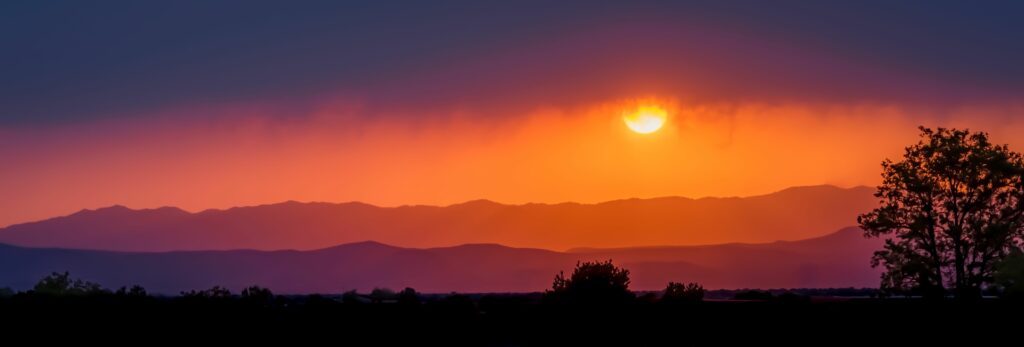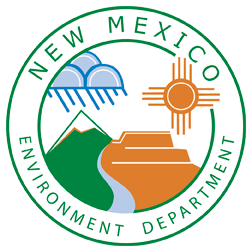Occupational Health and Safety Bureau Proposes Heat Exposure Rule

The New Mexico Environment Department NMED, Occupational Health and Safety Bureau (OHSB) initiated the rule making process to promulgate a New Mexico Heat Illness and Injury Prevention rule. OHSB drafted of the Heat Illness and Injury Prevention rule that is open for public comment and petitioned the Environmental Improvement Board (EIB) for a hearing on adoption of the rule. OHSB will open an online portal for public comment on April 1, 2025.
Physical exertion in high heat conditions is a known workplace hazard that can result in heat exhaustion and heat stroke as well as long term conditions such as heart and kidney damage, neurological dysfunction, and death. The hazards of work in high heat environments can often be abated by relatively simple practices such as increased rest periods, provision of shade, and having adequate drinking water available to workers. There is currently no rule or federal standard addressing heat exposure in the workplace.
The Federal Occupational Safety and Health Administration (OSHA) has recognized heat in the workplace as a known hazard, and in 2022 issued a National Emphasis Program (NEP) to address and further study heat illnesses and injuries in the workplace. OHSB adopted the OSHA’s Heat NEP in April of 2023. Federal OSHA published a draft Heat Illness and Injury Standard, which is in the rule making process, but it is unclear when the new standard may be adopted.
The rule that NMED proposed to the EIB will provide the OHSB with the tools necessary to assist New Mexico employers in keeping their workforce safe from heat related illnesses and injuries. The rule will also provide regulatory framework to hold employers accountable if they fail to protect workers from known hazards such as heat, including the authority to prevent employers from exposing workers to conditions which pose an imminent danger.
Below are links to documents and resources on the rule making process for the proposed Heat Illness and Injury Prevention rule:
Rulemaking Documents
Rulemaking Documents will be added to the table below as they are published.
| Document | Document Link | Author | Date |
|---|---|---|---|
| Proposed Heat Illness and Injury Rule | Download Proposed Rule | OHSB | 3/12/2025 |
| Petition and Hearing Request | Download Petition | OHSB | 3/13/2025 |
| Petition Press Release | NMED Press Release | NMED | 3/14/2025 |
| Public Involvement Plan | Download Heat PIP English Download PIP Spanish | NMED | 3/31/2025 |
| Limited English Proficiency Assessment | Download LEP | NMED | 3/31/2025 |
| Notice of Comment Period | Download Notice English Download Notice Spanish | NMED | 3/31/2025 |
| Notice of Rulemaking Hearing | English Notice of Rulemaking Hearing Spanish Notice of Rulemaking Hearing | NMED | 4/3/2025 |
Public Comments
Additional Resources
- OSHA Heat Exposure Guidance
- National Institute for Occupational Safety and Health: Heat Stress and Workers
- 2025 Heat Rule fact Sheet Employers
- ¿Cómo afectará esta norma a los empleados de Nuevo México?
- 2025 Heat Rule fact Sheet Employees
- ¿Cómo afectará esta norma a los empleadores que operan en Nuevo México?
Outreach Events
- NM Proposed Heat Rule Outreach Event: May 20
- Evento de divulgación para la regla propuesto de calor en Nuevo México: 20 de mayo
- NM Proposed Heat Rule Outreach Event: May 21
- Evento de divulgación para la regla propuesto de calor en Nuevo México: 21 de mayo
- NM Proposed Heat Rule Outreach Event: May 22
- Evento de divulgación para la regla propuesto de calor en Nuevo México: 22 de mayo

